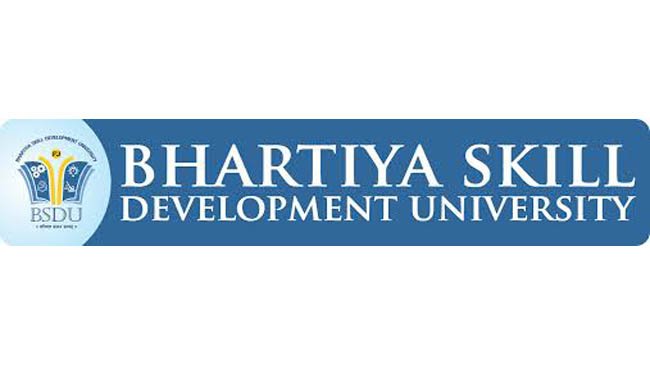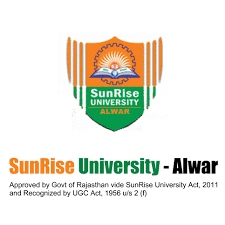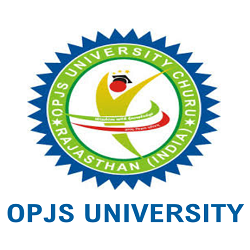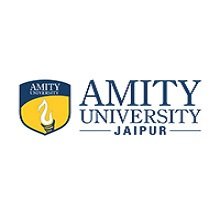Eligibility Criteria and Fee Structure for Diploma Automobile Engineering
A Diploma in Automobile Engineering is a specialized program designed to equip individuals with the knowledge and skills required for a career in the automotive industry. This diploma program covers various aspects of automobile engineering, including the design, maintenance, and repair of automobiles. In this article, we will discuss the eligibility criteria and fee structure for pursuing a Diploma in Automobile Engineering.
Diploma In Automobile Engineering Eligibility Criteria
Before enrolling in a Diploma in Automobile Engineering program, it is important to meet specific eligibility criteria. While these criteria may vary from one institution to another, here are the general prerequisites commonly required:
1. Educational Qualifications: Candidates typically need to have completed their 10th standard (secondary school) education or an equivalent qualification recognized by the relevant educational board. Strong performance in mathematics and science subjects is often preferred.
2. Age Limit: There is usually no upper age limit for admission to a diploma program in automobile engineering. However, candidates are generally expected to be at least 15-16 years old at the time of admission.
3. Entrance Examinations: Some institutions may conduct entrance exams to assess the aptitude and knowledge of prospective students. These exams may cover subjects such as mathematics, physics, and automotive basics.
4. English Proficiency: Proficiency in the English language may be required, especially if the medium of instruction is English or for international students.
5. Physical Fitness: Given that automobile engineering involves hands-on work and practical training, candidates may be required to meet certain physical fitness standards to participate in lab and workshop activities safely.
It is essential to verify the specific eligibility criteria of the institution you intend to apply to, as these requirements can vary.
Diploma In Automobile Engineering Fee Structure
The fee structure for a Diploma in Automobile Engineering can vary significantly based on factors such as the country, the type of institution (public or private), and the duration of the program. Here are the key components that typically make up the fee structure:
1. Tuition Fees: Tuition fees are the primary component of the overall educational cost. Private institutions often charge higher tuition fees than government-funded or public colleges. International students may have a different fee structure than domestic students.
2. Admission Fees: Many institutions require a one-time admission or application fee, which is generally non-refundable. This fee covers administrative expenses related to processing applications.
3. Examination Fees: Students are typically required to pay examination fees for each semester or academic year. These fees cover the costs associated with conducting examinations and grading papers.
4. Laboratory and Workshop Fees: Automobile Engineering programs involve practical work in laboratories and workshops. Institutions often charge separate fees to cover the maintenance of these facilities and provide necessary equipment and materials.
5. Library and Resource Fees: Access to libraries and educational resources, including textbooks and online materials, may be included in the fee structure or charged separately.
6. Miscellaneous Fees: Some institutions may have additional fees for services such as transportation, hostel accommodation, and extracurricular activities.
7. Scholarships and Financial Aid: Many institutions offer scholarships and financial aid to eligible students based on factors like academic performance, financial need, or other criteria. Prospective students should explore these opportunities to help offset educational expenses.
8. Payment Options: Institutions often provide various payment options, including upfront lump-sum payments at the beginning of the academic year, instalment plans, or scholarships that cover a portion of the tuition fees.
 3 Years
3 Years
 Diploma
Diploma
 Engineering
Engineering














 back
back

